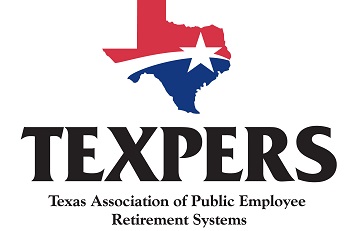We hear a lot these days about public sector salaries exceeding their private sector equivalents. A lot of those stories are about federal employees and they are being refuted along the way by other organizations, as you can see in this Washington Post story.
Our concern is the public’s perception about the salaries and benefits of public employees at city and local levels (counties or special districts). We find that comparisons at these levels are difficult to make.
For instance, there are no private sector animal control department positions, so how would you compare those salary scales? We don’t know. And there are a lot of similar type of city positions that would not compare well in an honest apples-to-apples sampling to private sector equivalents.
But what we do know is that there are a few jobs in public employment that do have some comparisons in the private sector. Take for example city attorneys:
The city of Houston, currently the fourth largest city in the United States, provides a spreadsheet on the salaries of its employees here. We used that information to do a little number crunching for the salaries of city attorneys. As you can imagine, there are many levels of city attorneys in the fourth largest city in the United States, all with very specific job descriptions and qualifications criteria, a situation which really defies our capabilities for pure apples-to-apples comparisons with private sector attorneys. The work is different.
But if you consider that the highest paid city attorney position has a salary cap of $221,338 it's pretty easy to guess that this person is making far less than they would in the private sector. There's no doubt that the Houston mayor engages in a pretty exhaustive search for an attorney best qualified to advise and litigate for the fourth largest city in the country. It’s our guess also that the person is very qualified from a legal perspective, has a long record of success in either private or public sector, and is capable of handling very high profile matters in the courts and in the political arena.
So what would a person of that stature earn at say, Vinson & Elkins, or Baker Botts or Giuliani LLC? The Glass Door website, where people can anonymously report their salaries, reports that a first year attorney at Vinson & Elkins receives $160,000 and 8-year “veterans” receive $249-271,000. That’s not too hard to imagine as true. We can only guess that partners earn well in excess of $500,000 per year. Compare that to ranges in the chart below, which shows the pay scale for all the levels of city attorneys in Houston:
If a top notch attorney has the option of spending ten years at a V&E, earning $5 million in salary or the city of Houston, earning $2 million over that time, which organization will attract the best attorney? The public sector employer is asking the person to forego up to $3 million in earning potential. That same dynamic plays out for every single person represented on the chart. What is the proper level of compensation for those persons for their retirement?
We don’t really know the answer to that question, as it is something that the city and V&E would work out with the person. But the contrast in private sector versus public sector employment salary ranges and their effects on a person’s retirement security are fairly obvious – it’s better to be in the private sector!
As a final note, the city attorney for Houston is currently David Feldman, a former partner at V&E and managing partner of his own firm, Feldman, Rogers, Morris and Grover, LLP. It’s easy to assume that Mr. Feldman did not take the City Attorney position to make money, or to earn retirement benefits. He did it out of a sense of duty for service to his city. Which is a calculation that most public employees make as well, despite the sacrifice. – Max Patterson


